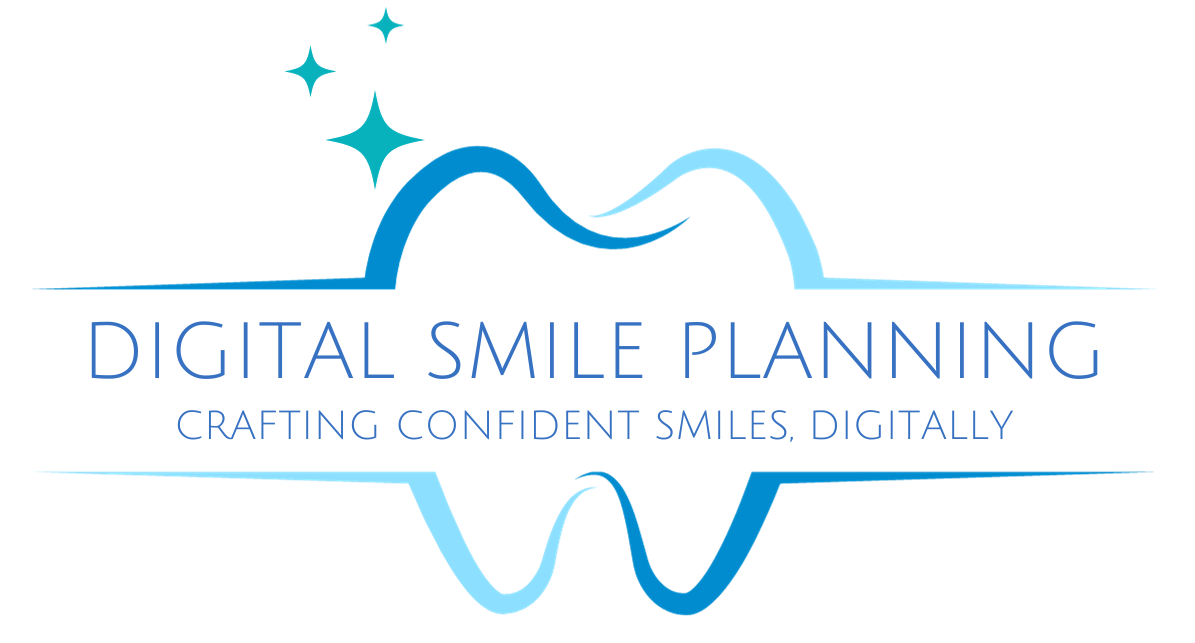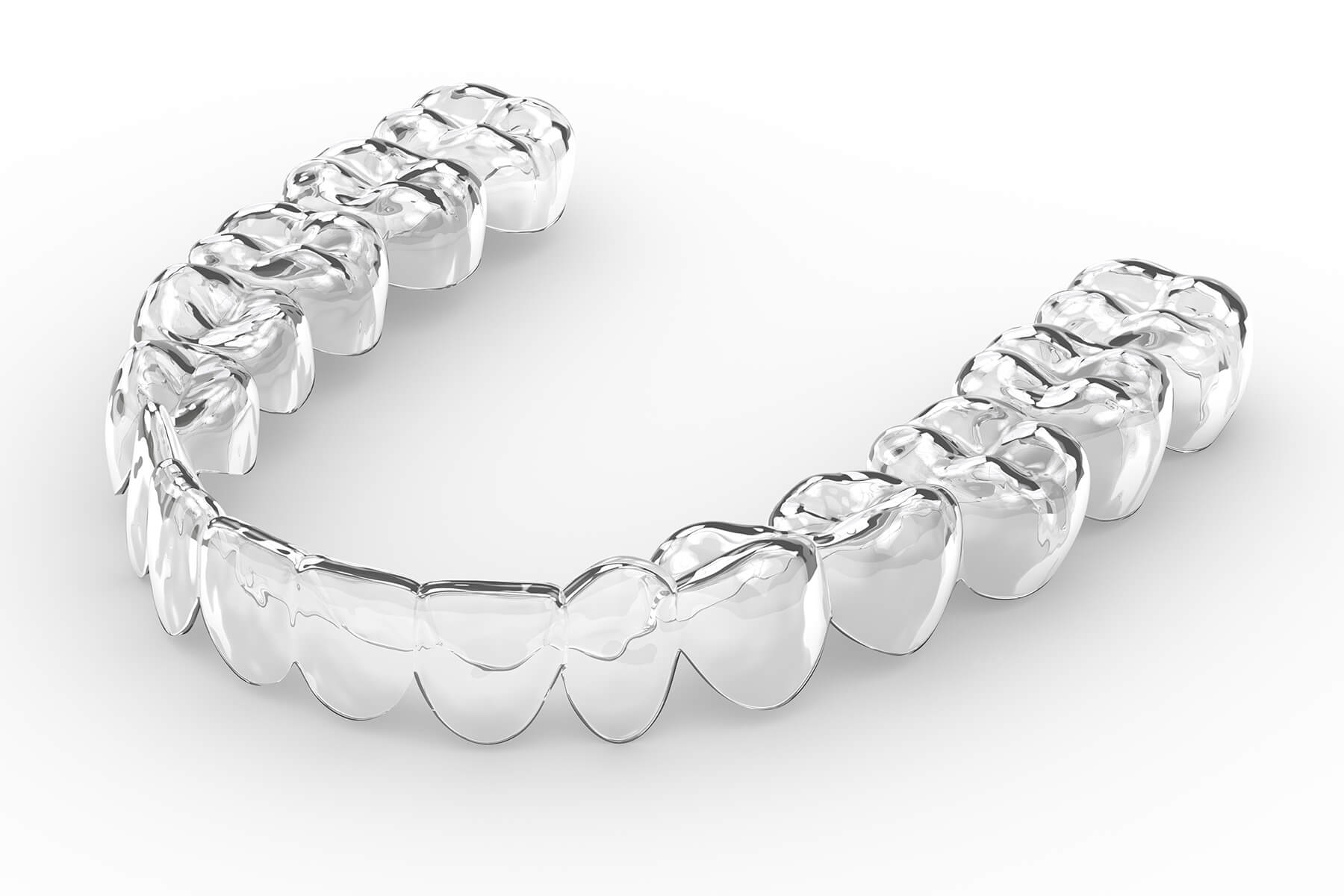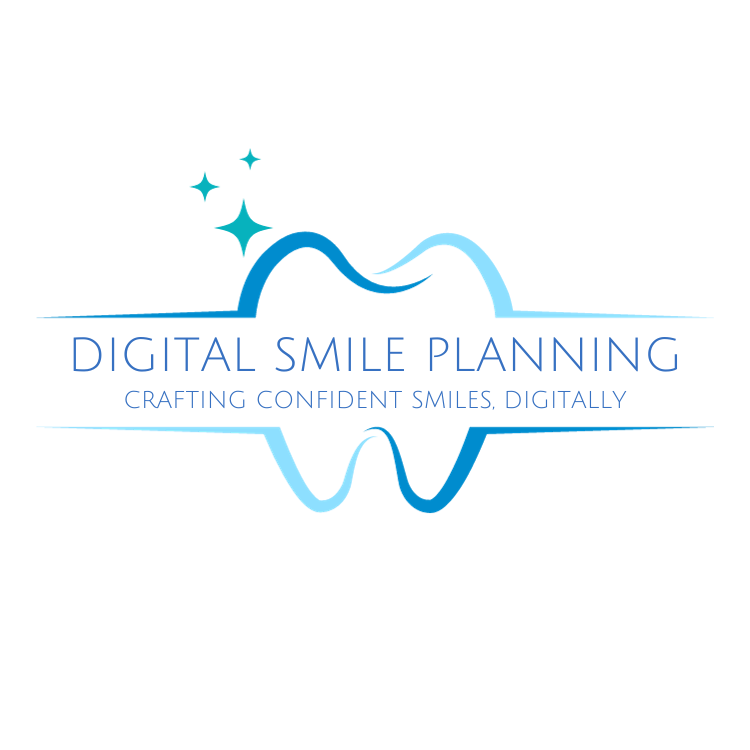Clear aligners have revolutionized orthodontic treatment by offering a discreet and convenient alternative to traditional braces. They are known for their transparency and the ability to gradually reposition teeth. However, there’s more to the effectiveness of clear aligners than meets the eye. One crucial element that aids in achieving precise tooth movement is attachments. In this comprehensive guide, we will delve deep into the world of attachments in clear aligner treatment, explaining what they are, how they work, their types, and their significance in achieving a beautifully aligned smile and details about Attachments and Their Role in Clear Aligner Treatment.
Table of Contents:
- Introduction to Clear Aligner Treatment
- What Are Attachments in Clear Aligner Treatment?
- 2.1 Definition and Purpose
- 2.2 The Role of Attachments in Tooth Movement
- 2.3 Material Composition
- Types of Attachments
- 3.1 Precision Attachments
- 3.2 Power Ridge Attachments
- 3.3 Button Attachments
- 3.4 C-Attachments
- 3.5 Beveled Attachments
- The Attachment Placement Process
- 4.1 Treatment Planning and Design
- 4.2 Attachment Bonding
- Advantages of Attachments
- 5.1 Improved Precision
- 5.2 Addressing Complex Cases
- 5.3 Enhanced Control
- 5.4 Reduced Treatment Time
- Challenges and Considerations
- 6.1 Aesthetic Concerns
- 6.2 Oral Hygiene
- 6.3 Discomfort
- Conclusion: The Key to a Perfect Smile
1. Introduction to Clear Aligner Treatment
Clear aligners have gained immense popularity as an innovative orthodontic solution for correcting misaligned teeth and achieving a beautiful smile. Unlike traditional braces, which use brackets and wires to move teeth, clear aligners are a series of transparent trays that fit over your teeth, gradually shifting them into the desired position. This approach offers numerous advantages, including improved aesthetics, comfort, and convenience. Let us know that Attachments and Their Role in Clear Aligner Treatment.
2. What Are Attachments in Clear Aligner Treatment?
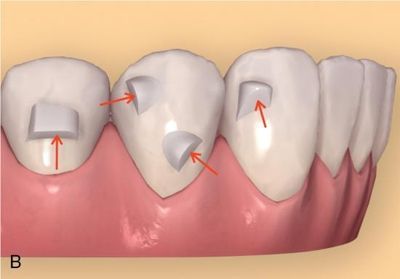
2.1 Definition and Purpose
Attachments, also known as dental bonding buttons, are small tooth-colored or clear structures made from dental composite material. They are strategically placed on specific teeth during the clear aligner treatment process. Attachments serve a vital role in enhancing the precision and effectiveness of tooth movement.
The primary purpose of attachments is to provide anchor points for the aligner trays. They help direct the force applied by the aligners to specific teeth, allowing for controlled movement in all three dimensionsmesiodistal (side-to-side), buccolingual (front-to-back), and occlusogingival (up-and-down). In essence, attachments act as handles that enable aligners to grip and exert force on teeth more effectively.
2.2 The Role of Attachments in Tooth Movement
To understand the significance of attachments, it’s essential to grasp the mechanics of clear aligner treatment. Aligner trays are custom-designed for each patient, and they are fabricated to exert pressure on specific areas of the teeth. This pressure, in turn, causes controlled tooth movement.
Attachments enhance this process by providing the aligners with better leverage and grip. Without attachments, aligners might slide or slip during treatment, leading to less predictable and less efficient tooth movement. Attachments ensure that the aligner trays stay securely in place, directing the forces precisely where they are needed.
2.3 Material Composition
Attachments are typically made from dental composite resin, a tooth-colored material that is safe and compatible with oral tissues. This resin is often clear or tooth-colored to make the attachments less noticeable. The choice of material ensures that the attachments blend seamlessly with the natural appearance of your teeth, maintaining the discreet nature of clear aligner treatment.
3. Types of Attachments
Attachments come in various shapes and sizes, each designed to serve a specific purpose in the treatment plan. The type of attachment used depends on the nature of the tooth movement required. Here are some common types of attachments:
3.1 Precision Attachments
Precision attachments are small, cylindrical structures that provide a precise point of contact for the aligner. They are often used for fine-tuning the alignment of individual teeth, especially in cases where precise rotations or intrusions/extrusions are needed.
3.2 Power Ridge Attachments
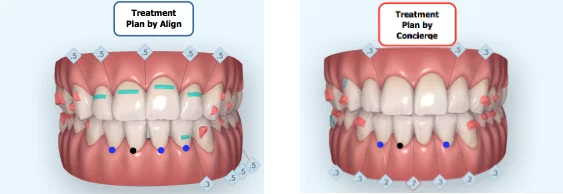
Power ridge attachments are elongated structures placed along the length of a tooth. They are used when a tooth needs to be tilted or intruded/extruded to align with adjacent teeth properly.
3.3 Button Attachments
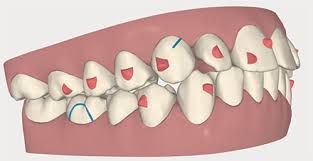
Button attachments are larger than precision attachments and have a more pronounced shape. They are employed in cases where significant tooth movement is required, such as rotations or larger displacements.
3.4 C-Attachments
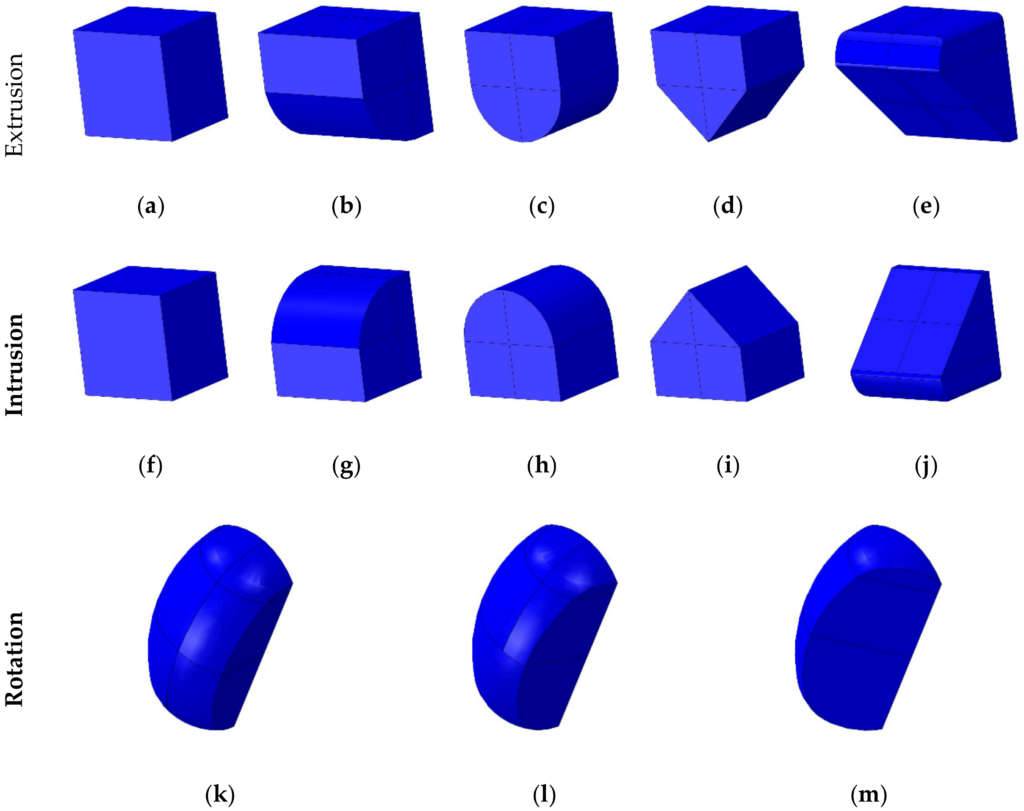
C-attachments have a unique “C” shape and are used for teeth that require rotational movement. They provide the aligner with a stable point to grip the tooth and guide it into the desired position.
3.5 Beveled Attachments
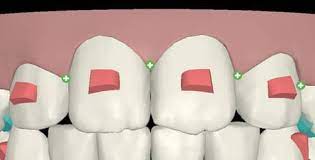
Beveled attachments have a slanted or beveled surface. They are often used to help with challenging movements, such as correcting complex bite issues or achieving more extensive rotations.
The selection of attachment type is based on the orthodontist’s assessment of the patient’s needs and the treatment plan. Attachments are carefully placed on specific teeth to facilitate the desired tooth movements.
4. The Attachment Placement Process
4.1 Treatment Planning and Design
The attachment placement process begins with meticulous treatment planning and design. Orthodontists, often aided by advanced software and digital Smile Planning technology, carefully analyze the patient’s dental records, including X-rays, scans, and impressions. Using this data, they create a detailed treatment plan that outlines the desired tooth movements.
The treatment plan also includes the strategic placement of attachments. Orthodontists consider factors such as the type of attachment needed, the location of attachment placement, and the timing of attachment bonding within the overall treatment timeline.
4.2 Attachment Bonding

Once the treatment plan is finalized, the orthodontist proceeds to bond the attachments to the patient’s teeth. The bonding process involves the following steps:
- Treatment Planning: Before attaching anything to the teeth, a comprehensive digital treatment plan is created. This involves using specialized software to analyze the patient’s current dental situation and map out the desired tooth movements.
- Attachment Placement: Based on the treatment plan, the software identifies the locations where attachments are needed for optimal tooth control. These attachment sites are typically chosen on teeth that require more complex movements or rotations.
- Aligner Fabrication: Once the attachment positions are determined, the next step is to design the aligners. These clear aligners are custom-made for the patient, and they include small indentations or dimples where the attachments will be placed.
- Attachment Bonding: When the aligners and attachments are ready, the patient comes in for the bonding process. The dentist or orthodontist will clean and dry the teeth thoroughly. Then, a bonding agent is applied to both the tooth surface and the inside of the attachment.
- Transfer Tray (Template): The aligner (template) with the built-in dimples for the attachments is carefully placed over the teeth. When it’s in position, gentle pressure is applied to ensure the aligner (template) fits snugly and the attachments seat properly.
- Curing: To secure the attachments in place, a specialized curing light is often used. This light activates the bonding agent, causing it to harden and firmly attach the attachments to the teeth.
- Treatment Progress: Throughout the treatment process, the patient wears a series of these aligners, each designed to make gradual adjustments to the teeth. Attachments provide additional leverage and control for more precise movements.
- Monitoring: Regular check-ups with the dental professional are essential to monitor progress and make any necessary adjustments to the treatment plan.
The entire attachment bonding process is typically quick and painless. Patients may experience a temporary change in bite or mild discomfort for a short period after attachment placement, but this usually subsides as they get used to the aligners.
5. Advantages of Attachments
Attachments offer several advantages in clear aligner treatment, making them a valuable tool in achieving optimal results:
5.1 Improved Precision
Attachments enhance the precision of tooth movement, allowing orthodontists to achieve more complex and precise adjustments. This leads to more predictable outcomes and a shorter overall treatment time.
5.2 Addressing Complex Cases
Attachments are particularly beneficial in cases involving significant misalignment, rotations, or other challenging dental issues. They provide the necessary control and stability to tackle even the most complex cases effectively.
5.3 Enhanced Control
Attachments enable orthodontists to exert specific forces on individual teeth, ensuring that each tooth moves according to the treatment plan. This level of control is difficult to achieve with aligners alone.
5.4 Reduced Treatment Time
By enhancing the efficiency of tooth movement, attachments can lead to shorter treatment durations. This means that patients can achieve their desired results more quickly, which is often a significant advantage.
6. Challenges and Considerations
While attachments offer numerous benefits, there are also some challenges and considerations to keep in mind:
6.1 Aesthetic Concerns
One of the primary concerns with attachments is their visibility. While they are designed to be tooth-colored or clear, they can still be noticeable, particularly when patients smile or speak. Some patients may feel self-conscious about the appearance of attachments.
6.2 Oral Hygiene
Attachments can make oral hygiene slightly more challenging. Patients need to be diligent in cleaning their teeth and aligners to prevent plaque buildup around the attachments. Orthodontists often provide guidance on maintaining good oral hygiene during treatment.
6.3 Discomfort
After attachment placement, some patients may experience minor discomfort or irritation, especially during the initial days of wearing a new set of aligners. This discomfort is usually temporary and can be managed with over-the-counter pain relief if needed.
7. Conclusion: The Key to a Perfect Smile
Attachments play a pivotal role in the success of clear aligner treatment. They provide the necessary precision and control to achieve beautifully aligned teeth efficiently. While there may be some challenges associated with their use, the benefits far outweigh the drawbacks for many patients.
Clear aligner treatment, with the addition of attachments, offers a discreet, comfortable, and effective way to transform misaligned smiles. Patients can look forward to a future with improved oral health and enhanced confidence, all thanks to the precise guidance provided by these small but essential dental devices. Whether you’re considering clear aligner treatment or are already on your orthodontic journey, understanding the role of attachments that What are Attachments and How does they help in Clear Aligner Treatment can help you appreciate the remarkable science behind achieving that perfect smile.
